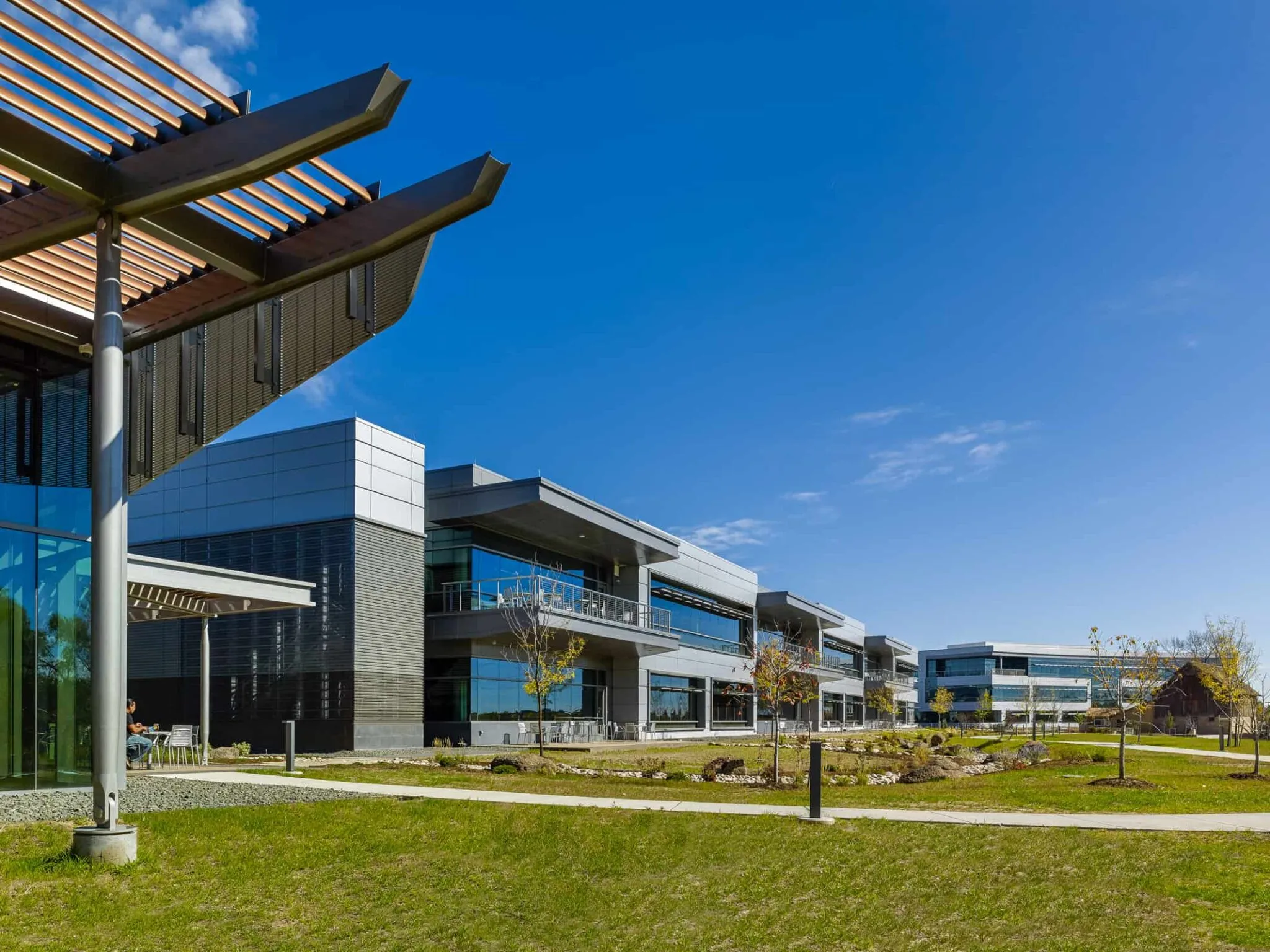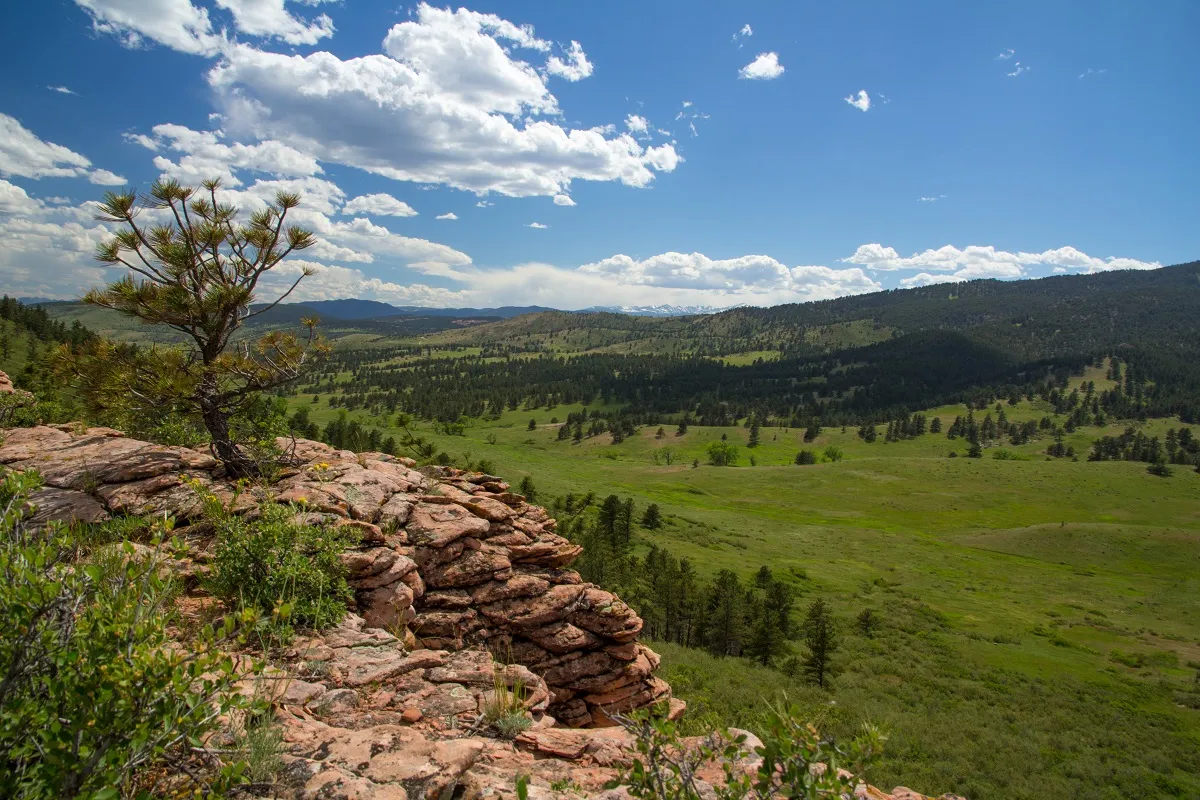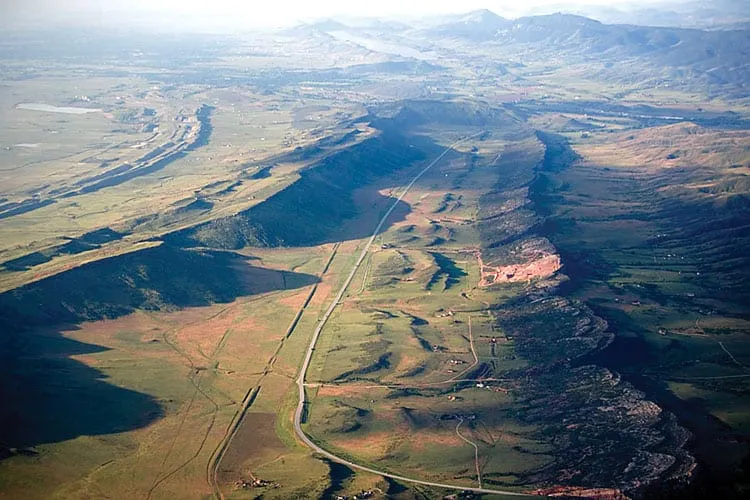Confluence: Water rights will transfer, one way or another
LOVELAND — One way or another, water in Northern Colorado will transfer both within its basin of origin or outside of it. The issue becomes one of either letting the marketplace determine the water’s path or setting “sideboards” to how those transactions occur.
Members of a panel at the 2021 Confluence: Colorado Water Summit event hosted by Bizwest at The Forge Campus in Loveland Thursday talked about water transfers and their impacts. The panel was moderated by Brett Bovee, regional director of WestWater Research.
Bovee noted in introducing the discussion that most transfers in Northern Colorado happen as a result of new-home construction. “We can’t accommodate a lot of new people without building new homes, and to do that, we need to transfer water to local providers who make it available forever to serve that home,” he said.
SPONSORED CONTENT
With population in Northern Colorado projected to grow by 500,000 to 1.2 million over the next 30 years, “you can’t just make a new diversion from the Poudre River, or drill a well. Most of the water resources that are reliable in Northern Colorado are spoken for, many years ago.”
The most reliable source, because of Colorado’s “first in use” water law, is in agriculture, which raises issues about the future of the ag economy.
Bovee cited several types of water transfers, including local sales and dedication, when a farm is developed into homes and the water stays with the land to be used for a new purpose. He also cited regional sales such as the sale of Colorado Big Thompson shares that stay within the basin. Sales of water rights outside the basin, such as what occurred when the city of Thornton bought 21,000 acres of farmland in Northern Colorado in order to transfer the water to the metro area, are unusual, he said.
Leases are also becoming more common, such as when a city buys more water than it needs but leases some either back to farmers or to a non-municipal use.
“The buyers and sellers [of water] are acting logical. But there needs to be leadership at a higher level to set some sideboards, and some entity has to step forward to do that,” Bovee said.
The impacts
Chris Goemans, a professor at Colorado State University’s College of Agricultural Sciences, said determining the impacts can be challenging because owners of water have not wanted to readily share information needed to quantify the impacts. But modeling has provided some insights, he said.
If water is sold off of agricultural land, the direct impact would be reductions in crop yields. He said indirect impacts, such as reduction in ag-based employment and reduction in the sale of crop inputs, can total two or three times the direct impacts.
“These negative impacts outweigh the positive in the region” and have a long-term impact. If the money received by the seller is not reinvested in the region, the impacts are even greater, he said.
The owners of water rights, even those who want to preserve agriculture, have an interest in maintaining the value of their shares. Alternatives to permanent transfer of water, Goemans said, can affect the long-term value of water shares and thus ag water owners are wary of alternative strategies.
High cost brings new alternatives
While the price of water has escalated in the region, those high prices have also forced consideration of options that once were off the table, said Chris Matkins, who buys water for the Fort Collins Loveland Water District. Matkins’ utility serves about 50,000 people between Loveland and Fort Collins within the jurisdictions of Loveland, Fort Collins, Timnath, Windsor, Larimer County and Weld County.
The district gets its water from the Colorado Big Thompson water project and also from shares of Poudre River water. CBT water “is not the journey to Mordor, fraught with peril” that water utilities might find in trying to secure water from other sources. But increasingly, he said, the district is looking at alternatives that were financially out of reach a few years ago.
Those alternatives include tapping into groundwater near the Wyoming border and piping it to the local water system.
Wanting a seat at the table
While finding regional solutions to the water-scarcity problem, as noted in other sessions at the water conference, are seen as necessary, a relative newcomer to the scene wants a seat at the table.
The city of Thornton bought 21,000 acres of land in Northern Colorado in the 1980s served by the Water Supply and Storage Co. to quench the thirst of a growing metropolitan community. It has yet to gain the local jurisdictional approvals necessary to build a pipeline to transfer that water to the city and is currently in the Colorado Court of Appeals in its lawsuit against Larimer County.
Emily Hunt, deputy infrastructure director for Thornton, said the city is attempting to be a good citizen of the region in which it owns land. Over the past few years, it has begun work on its Northern Properties Stewardship Plan, through which it is working with neighbors and communities to make the best use of its land.
She said the city is required to convert some of those farms to native grasses as part of the water decree. But the stewardship plan is a voluntary effort.
“We have a fiduciary duty to provide water to the citizens of Thornton. But we also acknowledge that we can manage the land that we own in the north. There’s a huge interest in maintaining the agricultural heritage. … It’s really important to promote economic diversification,” she said.
“We want to work with people in this area to use the properties to help the region develop the way that it wants. Thornton does not want to be a long-term property owner up here,” she said.
Among Thornton’s considerations in the stewardship project is separating high-production land from lower-production land and trying to keep the best land in ag production.
“We’re going to listen and find ways to collaborate,” she said.
© 2021 BizWest Media LLC
LOVELAND — One way or another, water in Northern Colorado will transfer both within its basin of origin or outside of it. The issue becomes one of either letting the marketplace determine the water’s path or setting “sideboards” to how those transactions occur.
Members of a panel at the 2021 Confluence: Colorado Water Summit event hosted by Bizwest at The Forge Campus in Loveland Thursday talked about water transfers and their impacts. The panel was moderated by Brett Bovee, regional director of WestWater Research.
Bovee noted in introducing the discussion that most transfers in Northern Colorado happen as a result of new-home…





